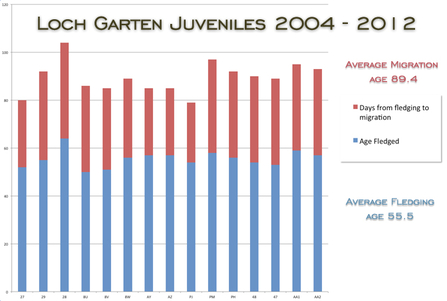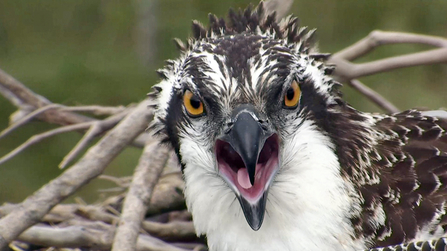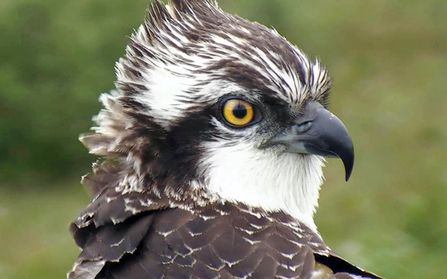Ceulan is 90 days old today. He's still with us, rooted quite firmly, it seems, to what he knows best, the pile of sticks that has been his home for the first three months of his life. Monty is still bringing in fish for his son.
In 1995, a Spanish ecologist called Bustamante wrote a scientific paper in the BTO's Bird Study Journal on the 'post-fledging dependence period of Ospreys at Loch Garten, Scotland'. Basically, a migration age study. He looked at 35 chicks at the nest between 1968 and 1987. He found that on average, the osprey juveniles migrated 30 days after fledging. How does more recent data compare to Bustamante's research?
Here is a table of 14 Loch Garten chicks from 2004 to 2012 with their respective fledging and migration ages:






